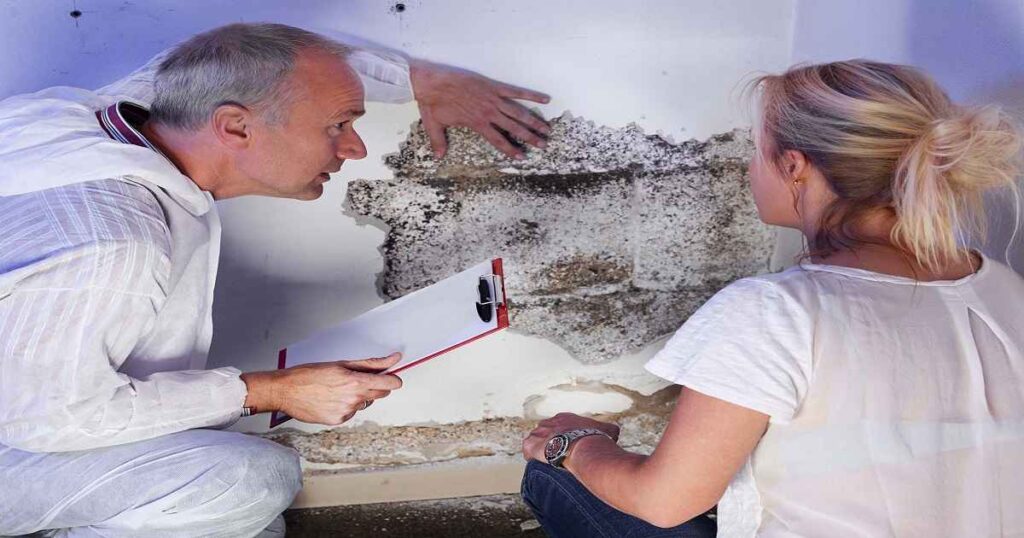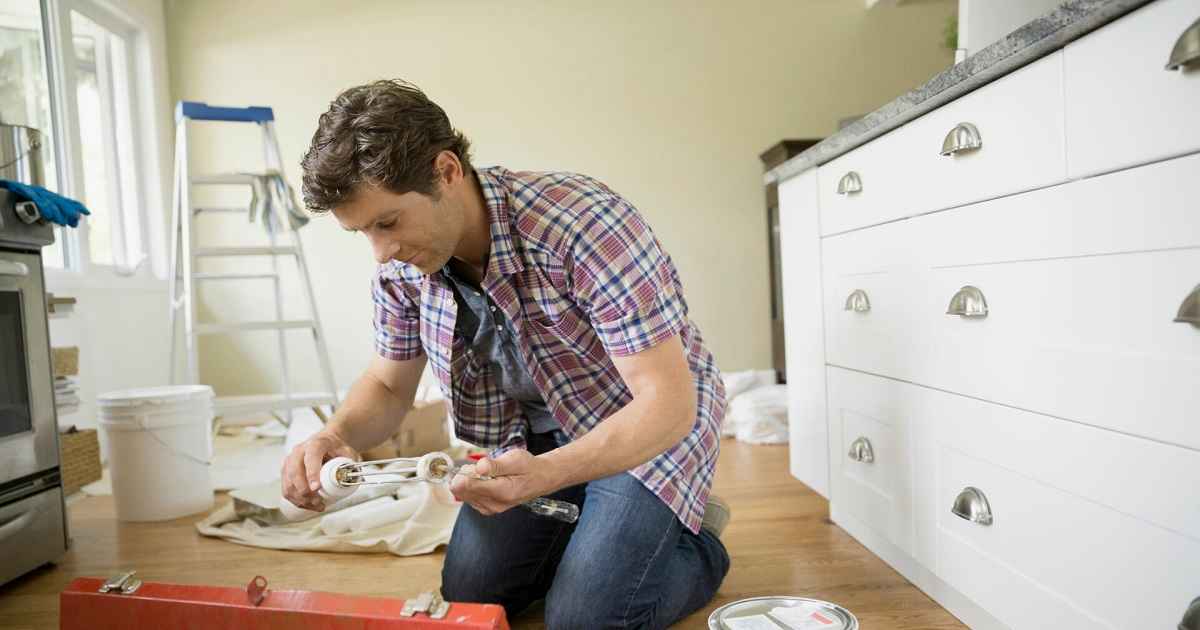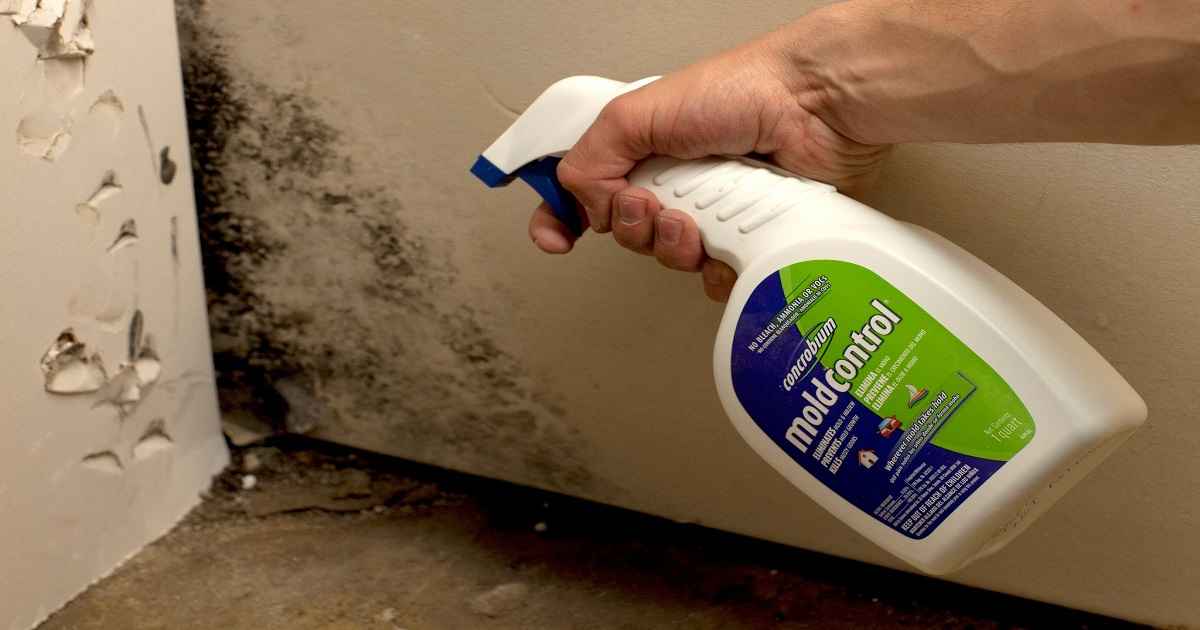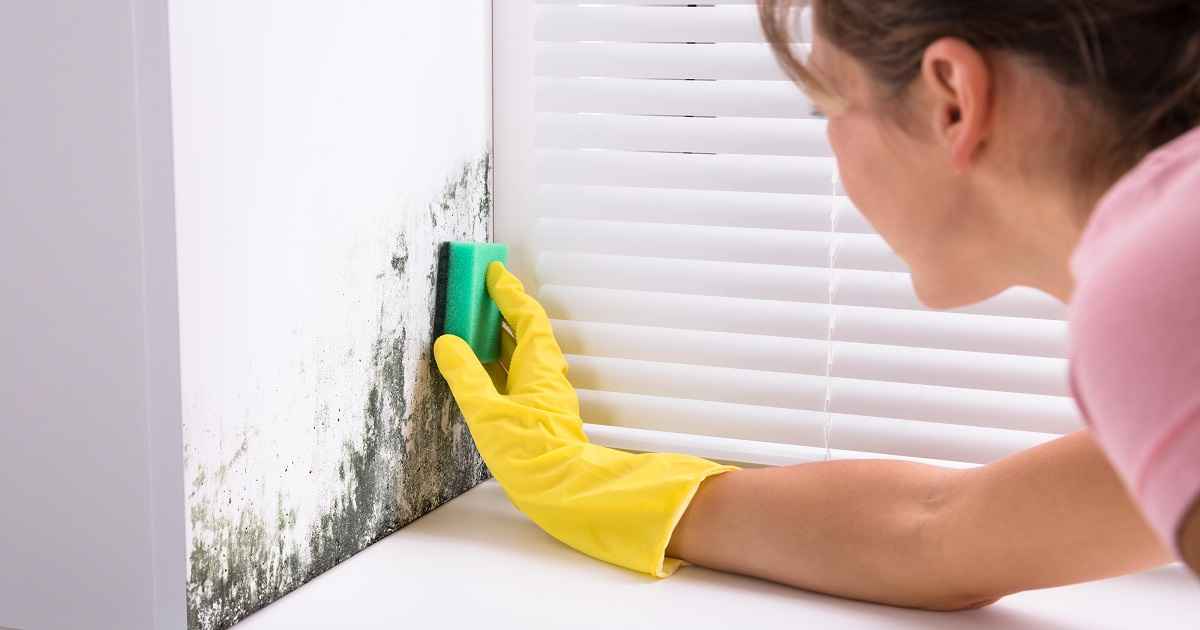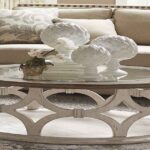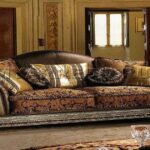How To Prevent Mold On Furniture
Prevent Mold on Furniture: Effective Strategies
Mold on furniture is not just an unsightly issue; it can also pose significant health risks and damage your furniture over time. Understanding how to prevent mold on furniture is essential for maintaining a healthy, clean, and attractive living environment. This guide will walk you through various strategies to keep your furniture mold-free, whether it’s stored away or placed in frequently used areas of your home.
Understanding Mold
Mold is a type of fungus that thrives in moist, warm environments. It reproduces through tiny spores that travel through the air, settling on surfaces where they can grow under the right conditions. Furniture, particularly those made of porous materials like wood, fabric, and upholstery, provides an ideal breeding ground for these spores when moisture is present.
Keep the Environment Dry
Control Humidity Levels
The first line of defense against mold is to control the humidity level in your home. Mold growth is rampant in high humidity environments, so maintaining a humidity level below 60% is crucial. Use dehumidifiers in damp areas of your home, such as basements, bathrooms, and kitchens, to reduce moisture in the air.
Improve Air Circulation
Good air circulation is essential for preventing mold. Use fans or open windows to circulate air in your home, especially in areas where moisture accumulates. For furniture placed against walls, ensure there’s a small gap to allow air to circulate behind them, reducing the risk of mold growth.
Fix Leaks Promptly
Water leaks from roofs, pipes, or windows can contribute to high moisture levels, encouraging mold growth on nearby furniture. Inspect your home regularly for leaks and repair them promptly to prevent moisture accumulation.
Protect Your Furniture
Choose Mold-Resistant Materials
When purchasing new furniture, consider materials that are less susceptible to mold growth. Metal, glass, and plastic are more resistant to mold compared to wood, fabric, and upholstery. For high-humidity areas, opt for furniture made of these materials to reduce the risk of mold.
Use Protective Coatings
For wooden furniture, applying a protective coating of paint or varnish can create a barrier that prevents moisture absorption, reducing the risk of mold. Ensure the furniture is clean and dry before applying any coatings.
Clean and Dry Furniture Thoroughly
Regular cleaning is vital in preventing mold. Dust and organic debris can feed mold spores, so keeping your furniture clean can inhibit growth. In case of spills or moisture exposure, dry your furniture thoroughly as soon as possible to prevent the moisture from seeping into porous materials.
Handle Stored Furniture with Care
Choose the Right Storage Environment
If you’re storing furniture, choose a dry, well-ventilated area. Avoid damp basements or attics prone to fluctuating temperatures and humidity levels. Consider using a climate-controlled storage unit for valuable pieces to ensure optimal conditions.
Use Desiccants and Covers
When storing furniture, using desiccants like silica gel packets can help absorb excess moisture in the air, reducing the risk of mold. Covering furniture with breathable covers, rather than plastic, can also prevent moisture buildup while protecting against dust and debris.
React Quickly to Signs of Mold
Identify and Isolate Affected Pieces
At the first sign of mold, it’s crucial to act swiftly. Identify and isolate the affected furniture to prevent spores from spreading to other pieces or areas of your home.
Clean Mold Spots Safely
For non-porous surfaces, cleaning mold with a solution of water and mild detergent can be effective. However, porous materials may require professional cleaning to remove mold without causing further damage. Always wear protective gear, like gloves and masks, when handling mold.
Consult Professionals for Large Infestations
If mold has spread extensively or the furniture is of significant value, consulting a professional mold remediation service is advisable. They can assess the situation and recommend the best course of action to save your furniture and prevent future growth.
Conclusion
Preventing mold on furniture requires diligence, proper environmental control, and regular maintenance. By controlling humidity levels, ensuring good air circulation, and choosing the right materials and protective measures, you can create an environment where mold is less likely to thrive. Should you encounter mold, reacting quickly and appropriately can save your furniture and keep your home safe and healthy. Remember, preventing mold is not just about protecting your furniture; it’s about maintaining the overall well-being of your living space.
